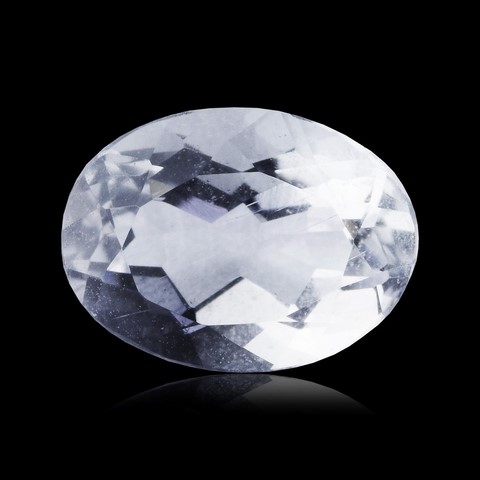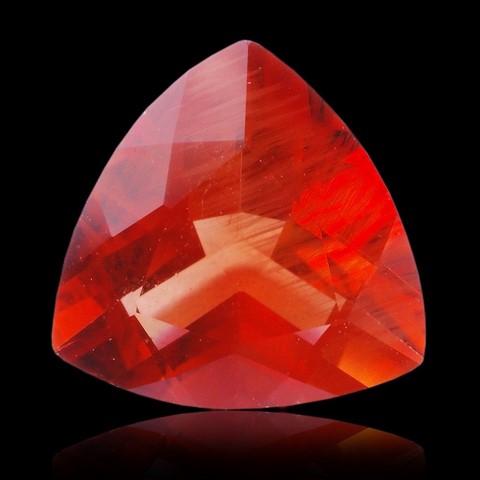PLAGIOCLASE
Class : Silicates
Subclass : Tectosilicates
Crystal system : Triclinic
Chemistry : NaxCa1-xAl2-xSi2+xO8
Rarity : Ubiquitous
Plagioclase are triclinic tectosilicates of the feldspar group. Also called calc-sodium feldspars, they form a continuous solid solution between albite (sodium pole) and anorthite (calcium pole). Each plagioclase feldspar is defined by relative proportions of albite (denoted Ab) and anorthite (denoted An). Plagioclase constitutes a very important family of minerals, more widespread and more abundant than alkali feldspars, forming part of the constitution of most igneous and metamorphic rocks. Calcium terms crystallize at higher temperatures than sodium terms. The classification of igneous rocks is largely based on the abundance and composition of plagioclase. Calcium plagioclases are predominant in basic and ultrabasic magmatic rocks (basalt, andesite, gabbro, anorthosite, etc...) while sodic plagioclases are more present in acidic and intermediate rocks (granites, granodiorite, syenite, etc...). Their name comes from the Greek plagios (oblique) and klasis (broken) due to the obliquity of the angle between their main cleavages. Clear crystals are rare, generally embedded in the mass of the rock. All have approximately the same properties as albite. Polysynthetic twins are very widespread, which makes them easy to recognize under a polarizing microscope, but also sometimes under a magnifying glass. Twinning results in a fine and regular striation on the faces. Sodium plagioclase is generally pinkish or grayish, calcic plagioclase is bluish to greenish, sometimes quite clear blue or green with a marked shimmering effect. Plagioclase has fewer industrial applications than alkali feldspars. Some rocks rich in labrador, bytownite but most often anorthite have a green or blue labradorescence at the base of their use as an ornamental stone, while transparent varieties can be cut as gemstones.
Calco-sodium Albite-Anorthite series :
(100 to 90% albite and 0 to 10% anorthite) : albite
(90 to 30% albite and 10 to 30% anorthite) : oligoclase
(70 to 50% albite and 30 to 50% anorthite) : andesine
(50 to 30% albite and 50 to 70% anorthite) : labrador
(30 to 10% albite and 70 to 90% anorthite) : bytownite
(0 to 10% albite and 90 to 100% anorthite) : anorthite
Plagioclase in France and around the world
Twinning
Twins are common around [010] or perpendicular to {010}, giving polysynthetic streaks on {001} or {010}; numerous other contact twins, single and multiple, are reported.
Fakes and treatments
No fakes listed for this mineral species.
Hardness : 6 to 6.5
Density : 2.6
Fracture : Irregular to conchoidal
Streak : White
TP : Translucent to transparent
RI : 1.528 to 1.542
Birefringence : 0.010
Optical character : Biaxial (+/-)
Pleochroism : None
Fluorescence : Variable
Solubility : Hydrofluoric acid
Magnetism : NoneRadioactivity : None





